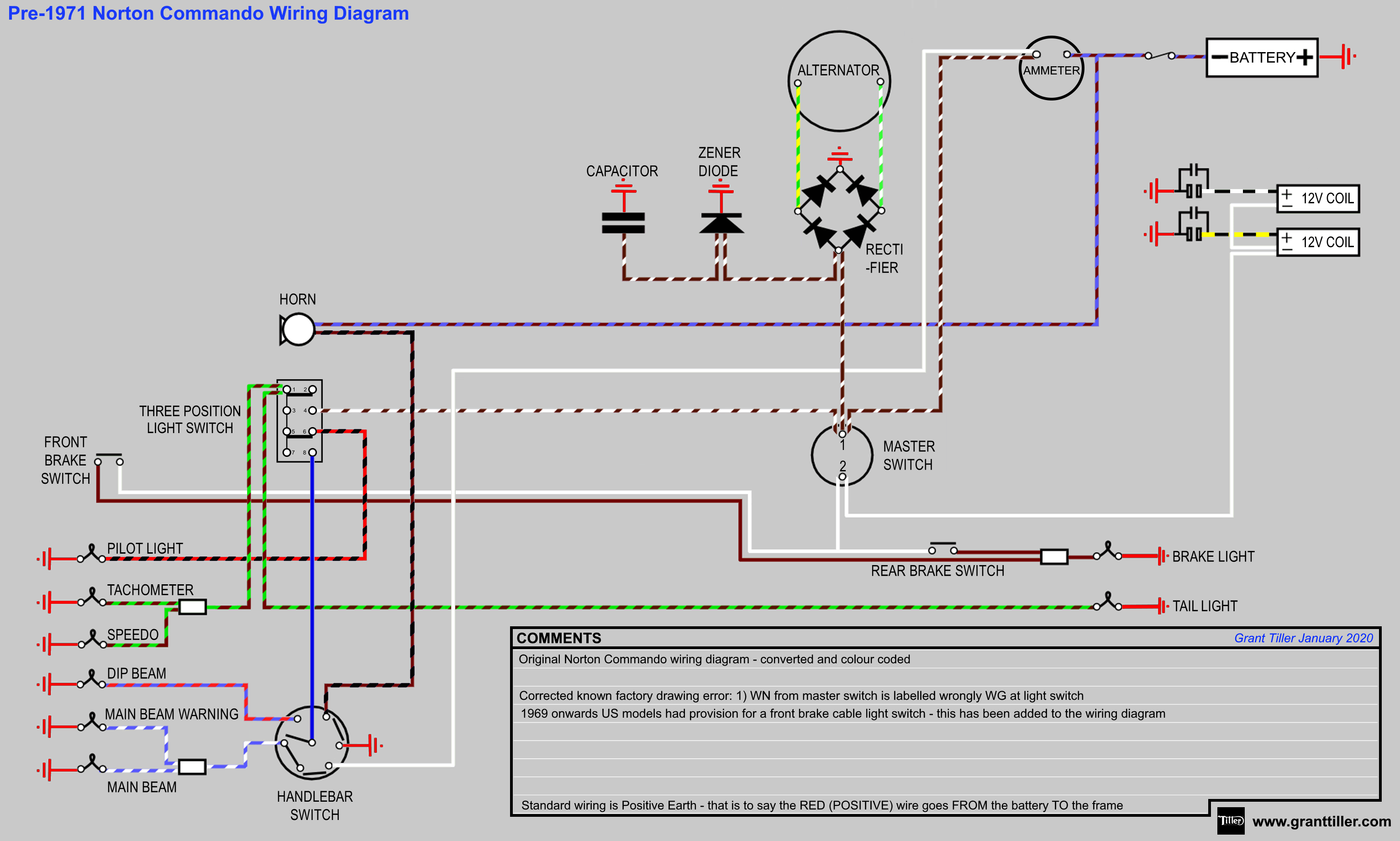- Joined
- Mar 17, 2018
- Messages
- 10
Haven't been on the site for sometime, my apologies. Everything on my 73 850 Commando has been working fine. (Actually great until recently) Trying to make this brief. About a 2 months ago went out for a ride and battery measured cold (No load ) 12.87 V checked fluids and tires and off I went. Great ride. A month after decided another ride was in order, checks as usual revealed battery at 12.35V???? I knew something was wrong.(battery motobatt AGM MB9U 7 months old. Went out anyway and returned, good ride . 12.20V at end. Since then have performed several tests on battery. Measures cold just fine. Load test shows 9.6-9.8V. Have another tester a A topdon BT-50 tester. Cold shows Good, Cranking test -Good, Charging test "LOW" loaded 12.61 V unloaded 12.98 V Ripple 14mV. LOW. When starting bike shows 12.5 and above, however, once started, multi meter shows 12.75v or so, NOT, the 13.5 to 15V it should? Other 2 bikes I own, both Kaw triples, show at least 14.1 to 14.5V at idle, my Norton doesn't. Fully charged battery via a Ctek charger in AGM mode, a little better. If I Rev engine multi meter display will show maybe 13.5 V , give or take??? Bought a new Stator and TRi spark Regulator from Greg Marsh this past week, also spoke with Motobatt person about battery. He stated all sign s point to a weak battery, but.overall not a BAD battery. Since then today, replaced old POD tronics regulator )it even emasured GooD!!! with a new Greg marsh unit, trying to eliminate anything at this juncture. Tried to measure output from stator per GREG, didn't have much luck?? Hooked all up today, NEW Voltage regulator, old battery (7 months old) and stator which is at least 18 years old. Results Cold battery measures fine, 12.7V, same 9.7V loaded, bike started right up, but, showed 12.7 volts at idle, where my other bikes show 14 plus Volts at idle. I may just buy New battery to eliminate that possibility, which just leaves the stator. Starting to stress now!!!! Any help will be much appreciated. I am just assuming that the 850 should be showing at least 13.5 to 15V at start=up???? and increase upon adding throttle Robert Shaw TN

